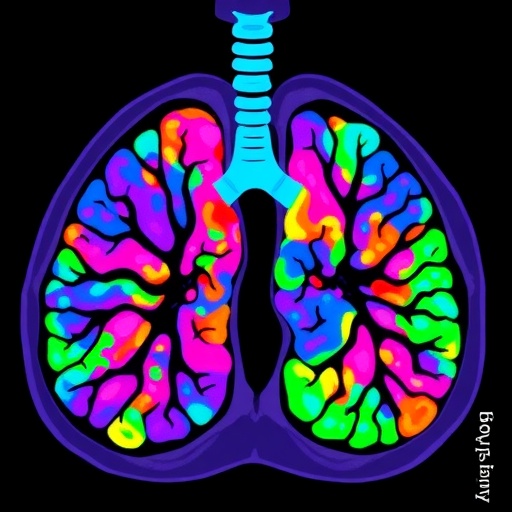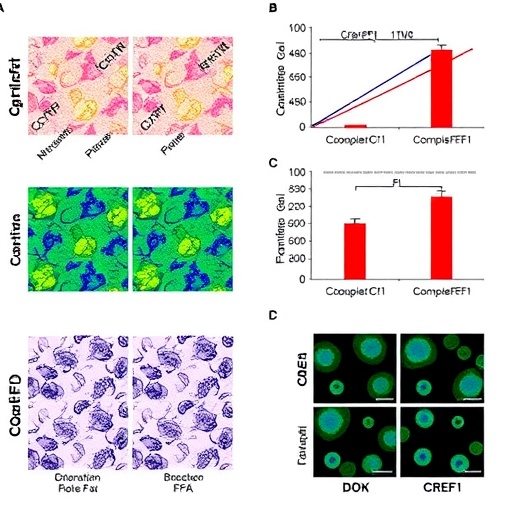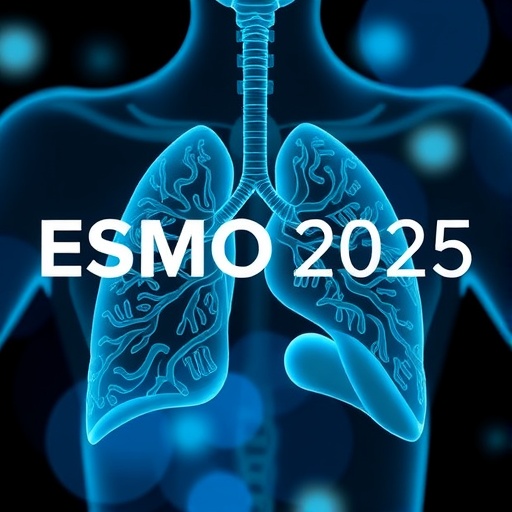In the evolving landscape of lung cancer research, Lung Squamous Cell Carcinoma (LSCC) has long presented a formidable challenge for oncologists and molecular pathologists alike. Ranked as the second most common form of non-small cell lung cancer, LSCC is characterized by complex genetic heterogeneity, which complicates targeted therapeutic approaches. A groundbreaking study recently published in the Journal of Clinical and Translational Pathology sheds new light on this disease by employing next-generation sequencing (NGS) technologies to unravel the mutation profiles that underpin LSCC progression and clinical behavior.
Employing a comprehensive NGS panel that targets 72 cancer-related genes, researchers meticulously analyzed lung resection specimens from 41 LSCC patients. The meticulous genomic profiling revealed a breadth of mutations that emphasized the genetic complexity inherent in this cancer type. Remarkably, mutations were detected in 23 distinct genes, with a total of 94 mutational events recorded. The findings underscore the critical role of high-throughput sequencing in expanding our understanding of previously elusive genetic drivers in LSCC.
Among the array of genetic alterations identified, mutations in the tumor suppressor gene TP53 emerged as the most prevalent, appearing in approximately 31% of detected mutations. This is consistent with previous knowledge that TP53 plays a pivotal role in cell cycle regulation and genome integrity. However, this study moved beyond TP53 by identifying significant mutation frequencies in several other key genes, including NF1, PTEN, and PIK3CA, which are traditionally less characterized in the context of LSCC.
Of particular interest was the identification of NF1 mutations in approximately 20% of cases. The NF1 gene, known for its regulatory role in the RAS signaling pathway, has often been overshadowed by more prominent oncogenic drivers in lung cancer studies. This discovery reveals a potential novel avenue for therapeutic targeting and prognostic assessment in LSCC, offering hope for more precise interventions tailored to the tumor’s molecular landscape.
The tumor suppressor gene PTEN, mutated in nearly 12% of cases, demonstrated intriguing associations with histopathological features. The study revealed a statistically significant relationship between PTEN mutations and mild inflammatory reactions within the tumor microenvironment. This connection may provide insight into the intricate interplay between genetic alterations and the immune milieu, potentially guiding future strategies for immunotherapy combinations in LSCC management.
Furthermore, PIK3CA mutations, though less frequent at just over 5%, were linked with younger patient age and more aggressive clinicopathological parameters, including advanced tumor stage and increased inflammatory infiltration. This suggests that PIK3CA alterations may not only serve as biomarkers for disease stratification but could also represent actionable targets within the PI3K/AKT signaling axis, a pathway frequently exploited in cancer therapeutics.
The spatial distribution of these mutations added another layer of nuance to the findings. For instance, PTEN mutations showed a trend towards central tumor localization, while NF1 mutations correlated with visceral pleural involvement, indicating possible roles in tumor invasion and metastatic potential. These associations between mutational status and anatomical features could refine surgical and therapeutic decision-making processes in clinical practice.
While several p-values reported border on traditional significance thresholds, the emerging patterns warrant further validation in larger cohorts. Nonetheless, these trends contribute vital clues into the biological behavior of LSCC and stress the necessity of integrating genomic data with histopathological and clinical parameters to form a more holistic understanding of tumor biology.
The study’s implications extend beyond the immediate findings. In an era where personalized medicine transforms oncology, LSCC has trailed behind adenocarcinoma regarding targeted therapies due to its less defined mutation spectrum. This research bridges that gap by not only mapping previously unreported mutations but also emphasizing the heterogeneity within LSCC. Such molecular insights pave the way for the development of tailored therapeutic regimens that move away from one-size-fits-all treatments.
Moreover, the findings caution against oversimplified approaches that cluster multiple genetic alterations indiscriminately. The researchers highlight that grouping alterations risks overlooking true driver mutations crucial for therapy responsiveness. This insight calls for refined bioinformatics tools and clinical algorithms to discern meaningful mutation patterns for precision oncology.
In the context of clinical application, the study advocates for routine mutational profiling in all LSCC patients. Recognizing and characterizing driver mutations could revolutionize therapeutic strategies, guiding oncologists toward effective targeted agents or combination therapies that were previously underutilized or unexplored in LSCC care.
Finally, this study underscores the vital link between molecular genetics and histopathology in shaping future lung cancer treatment paradigms. By identifying associations between specific mutations and histological features such as inflammatory reaction and tumor localization, the research illuminates potential predictive markers that may optimize patient stratification and follow-up regimens.
In conclusion, this comprehensive genomic investigation into LSCC driver mutations heralds a promising advance in the understanding and management of this aggressive cancer. The identification of NF1, PTEN, and PIK3CA mutations as significant contributors to LSCC pathogenesis opens avenues for novel diagnostic and therapeutic approaches. As genomic technologies continue to evolve, integrating detailed mutation landscapes with clinical and pathological data will be paramount to realizing the full potential of personalized medicine in lung cancer.
Subject of Research: Mutation Profiles in Lung Squamous Cell Carcinoma
Article Title: Relationship Between Mutation Profile Detected by Next-generation Sequencing and Histopathological Parameters in Lung Squamous Cell Carcinoma
News Publication Date: 15-Apr-2025
Web References:
https://www.xiahepublishing.com/journal/jctp
http://dx.doi.org/10.14218/JCTP.2025.00001
Keywords: Lung Squamous Cell Carcinoma, Lung Cancer, Next Generation Sequencing, Tumor Mutation Profiling, TP53, NF1, PTEN, PIK3CA, Targeted Therapy, Histopathology, Molecular Pathology
Tags: cancer-related genes in LSCCclinical implications of LSCC mutationscomprehensive genomic profilinggenetic heterogeneity in lung cancerhigh-throughput sequencing technologieshistopathological features of lung cancerLung Squamous Cell Carcinomamutation profiles in LSCCnext-generation sequencing in cancer researchoncological challenges in lung cancer.targeted therapies for LSCCtumor suppressor gene TP53 mutations





